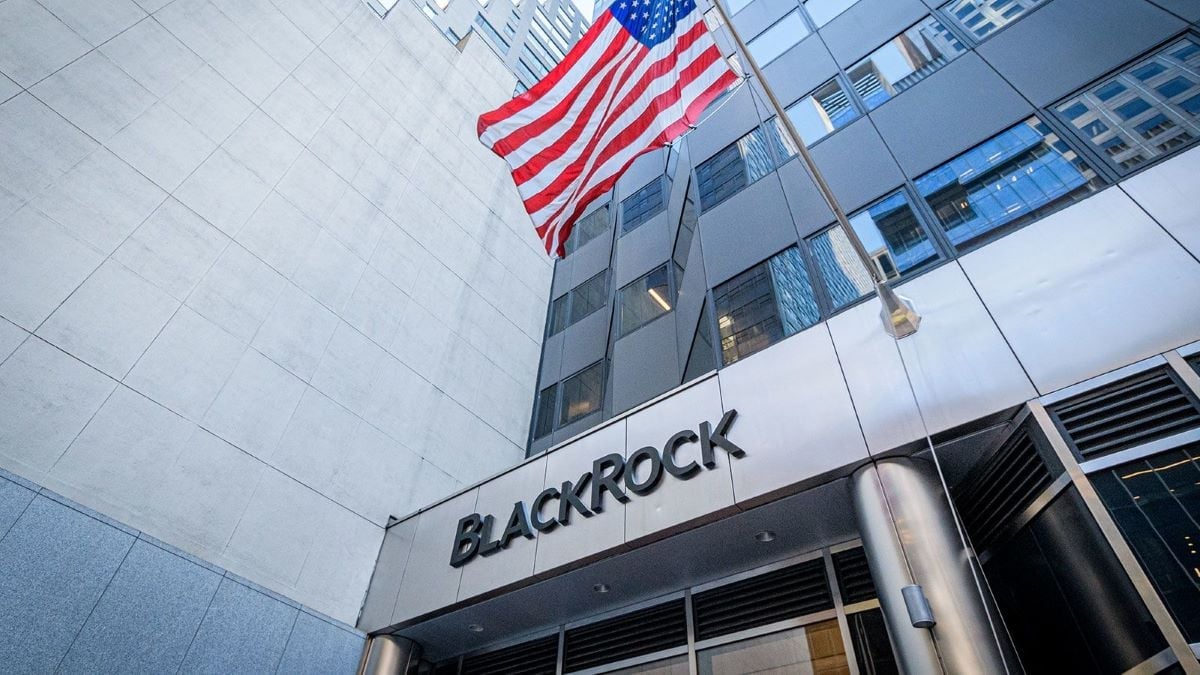Taiwan’s exports surged 49.7% in October, driven by record global demand for AI
Taiwan’s Ministry of Finance (MOF) data revealed that Taiwan’s exports reached $61.80 billion in October, a 49.7% increase over the same period in the previous year. According to MOF, the rise is due to growing demand for semiconductor and artificial intelligence (AI) products.
The increase in exports marks the biggest growth in almost 16 years.
According to MOF data, the overall amount of imports reached US$39.22 billion, a 14.6% increase from the previous year. The ministry stated that the trade balance of US$22.58 billion in October 2025 was beneficial.
AI demand is driving Taiwan’s export boom
Taiwan is in negotiations to lower the 20% tax on its shipments to the U.S., although semiconductors are currently excluded.
According to the ministry, Taiwan’s export momentum is anticipated to be boosted by the typical peak season of year-end shopping in Western markets, as well as the ongoing acceleration of AI and HPC applications. The ministry now projects that exports will reach $600 billion in 2025, a 30% annual growth.
MOF claimed that, while U.S. tariff policies are developing and geopolitical uncertainties persist, the future of the world economy remains uncertain, necessitating close observation.
According to the MOF statistical bulletin, released on October 30, data centers are being built and upgraded more quickly worldwide as AI technologies and applications expand. The ministry further stated that the market for memory and related storage devices has been growing due to the growth of AI technologies.
For instance, between January and September 2025, Taiwan’s DRAM shipments increased 99.0% year-over-year to US$11.5 billion.
The exports of computer parts and accessories, including memory modules, increased 1.3 times to US$23.9 billion, both of which established new records. On the other hand, exports of other computer storage units, such as hard disk drives (HDDs) and solid-state non-volatile storage devices ( SSDs), decreased by 10.6% and 0.3%, respectively.
According to MOF, Taiwan’s DRAM imports doubled from a year ago to US$32.4 billion, the biggest level ever recorded for the same time. The record was due to a strong increase in demand for HBM used in AI chip production.
Taiwanese companies, such as TSMC, are key suppliers to Nvidia, Apple, and other major IT companies. The ministry anticipates the companies’ exports would increase by 35% to 40% year over year in November.
Taiwan’s exports to China increased 3.2% in October, but its exports to the U.S. increased 144.3% year over year to $21.135 billion. Semiconductor exports increased by approximately 29.2%, while electronic component exports increased by 27.7% to $21.16 billion.
In contrast to the 25.3% growth predicted by experts, imports increased 14.6% to $32.22 billion.
TIER doubles Taiwan’s growth forecast on AI boom
On Thursday, the Taiwan Institute of Economic Research (TIER) almost doubled its prediction for Taiwan’s economic growth rate in 2025 to 5.94%. The doubling of the prediction is due to the strong demand for artificial intelligence (AI) technologies worldwide.
TIER announced at a seminar in Taipei that it had revised its forecast from 3.02 percent in July to 5.94 percent. The local think tank attributed the increase to the strong demand for AI technologies in the U.S., which has supported Taiwan’s investment and exports.
The Directorate General of Budget, Accounting, and Statistics (DGBAS) data, released on October 31, revealed that real exports of goods and services increased by 30.64% year-over-year.
The rise was a result of the pull-in impact for new consumer electronics products and the strong demand for developing technologies like AI. Additionally, imports increased by 25.27% year-over-year.
According to TIER, the high base effect on electronics and information and communication products is predicted to cause both the economic growth rate and export growth to decline to 2.60 percent and 3.08 percent, respectively, in 2026.
Sun Ming-te, Director of TIER’s Macroeconomic Forecasting Center, cautioned against growing concerns about a possible AI bubble. He noted that cross-investment among numerous tech companies has yet to produce any major breakthrough.
Join a premium crypto trading community free for 30 days - normally $100/mo.
You May Also Like

Fetch has sued Ocean and its founders, accusing them of undermining DAO governance by selling 263 million FET tokens without authorization.

BlackRock and Marvel Studios Acquire Big Stakes in Mutual Capital
